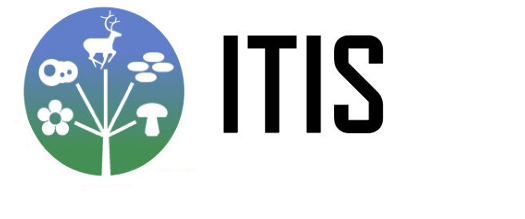| |
|
|
|
| |
Expert(s): |
|
|
| |
Expert: |
|
|
| |
Notes: |
|
|
| |
Reference for: |
|
|
| |
|
|
|
| |
Other Source(s):
|
|
|
| |
Source: |
IOC World Bird List, v 3.1, website (version 3.1) |
|
| |
Acquired: |
2012 |
|
| |
Notes: |
Gill, F., and D. Donsker, eds. 2012. IOC World Bird List (v 3.1). Available at http://www.worldbirdnames.org [Accessed 18 May 2012] |
|
| |
Reference for: |
Cholornis paradoxa, Three-toed Parrotbill [English] |
|
| |
|
|
|
| |
Source: |
Zoonomen - Zoological Nomenclature Resource, 2011.10.30, website (version 30-Oct-11) |
|
| |
Acquired: |
2012 |
|
| |
Notes: |
"Zoonomen - Zoological Nomenclature Resource" maintained by Alan P. Peterson at http://www.zoonomen.net |
|
| |
Reference for: |
Cholornis paradoxa |
|
| |
|
|
|
| |
Publication(s):
|
|
|
| |
Author(s)/Editor(s): |
Verreaux, Jules Pierre |
|
| |
Publication Date: |
1871 |
|
| |
Article/Chapter Title: |
Notes sur les Espèces Nouvelles d'Oiseaux Recueillis par M. l'Abbé Armand David dans les Montagnes |
|
| |
Journal/Book Name, Vol. No.: |
Nouvelles Archives du Muséum d'Histoire Naturelle, vol. 6 |
|
| |
Page(s): |
33-40 |
|
| |
Publisher: |
|
|
| |
Publication Place: |
|
|
| |
ISBN/ISSN: |
|
|
| |
Notes: |
Available online via Biodiversity Heritage Library at https://www.biodiversitylibrary.org/page/13957514 |
|
| |
Reference for: |
Cholornis paradoxa |
|
| |
|
|
|

